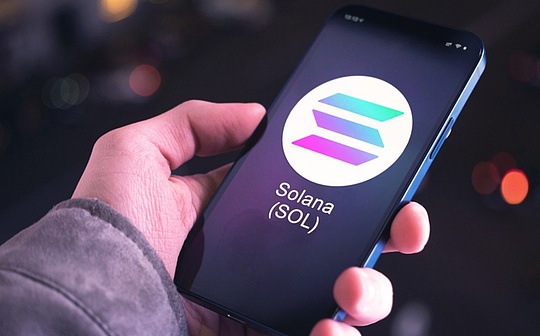AI and Web3: A dual engine for technological growth or an idealized narrative?

Reprinted from chaincatcher
03/05/2025·1MAuthor:far , Centreless
The combination of AI and Web3 is widely regarded as the core driving force for the next round of technological revolution, but its actual impact and feasibility still need to be dialectically analyzed from the technical, economic and social dimensions.
The following is a discussion from the synergistic potential of the two, current practice and controversial points.
The underlying logic of technical collaboration
1. Complementarity: Reconstruction of productivity and production relations
As a "productivity tool", AI improves efficiency through algorithm optimization, automated decision-making and big data analysis; Web3, as a "production relationship innovator", reshapes data ownership, trust mechanisms and economic incentives through decentralized architecture. The combination of the two attempts to solve the centralization disadvantages of traditional AI (such as data monopoly, privacy leakage) and the practicality problems of Web3 (such as inefficient interaction, lack of killer applications).
Case: Decentralized AI computing networks (such as 0G Labs, IO.NET) reduce model training costs by integrating global idle computing power, while using blockchain to ensure transparency in resource allocation.
2. Data sovereignty and privacy protection
Web3's encryption technology and distributed storage (such as IPFS) provide AI with a secure data sharing framework. For example, the Vana platform realizes tokenization of user data through blockchain, allowing individuals to control data usage rights and profit from it, providing a compliant data source for AI training. Zero-knowledge machine learning (ZKML) further ensures the verifiability of model inference and avoids "black box" operations.
Breakthroughs and limitations in practice
1. The initial implementation of decentralized AI
Infrastructure layer: Projects such as DeAgentAI and Gaia Network have built a distributed framework for multi-agent collaboration to support business automation and on-chain governance.
Application layer: AI Agent has penetrated into DeFi (such as AIXBT market analysis), gaming (such as Narra’s dynamic narrative generation) and social fields, and some projects motivate users to participate through the token economy.
Financial innovation: X.Game Bitcoin futures combines AI algorithms to optimize trading strategies, use smart contracts to improve transparency, becoming a typical case of technological integration.
2. Technology bottlenecks and market bubbles
Performance and cost: Blockchain's throughput limitations are inconsistent with the real-time requirements of AI. For example, decentralized computing networks may lead to a decrease in training efficiency due to communication overhead.
Data quality dilemma: The decentralized data labeling market (such as Public AI) relies on manual auditing, the labeling efficiency is inefficient and the incentive mechanism is not yet mature.
Pseudo-demand dispute: Some projects (such as Meme currency combined with AI Agent) are questioned as "taking advantage of hot spots" and lack actual value support.
Controversy and reflection: the gap between ideal and reality
1.Technical Idealism vs. Commercial Feasibility
There is an inherent conflict between Web3's "decentralized belief" and AI's "centralized efficiency". For example, training of large language models such as GPT-5 still relies on centralized computing power, while decentralized networks such as Akash have not yet proven their scale capabilities.
2. Regulatory and Ethical Challenges
Compliance risks: The anonymity of decentralized AI may exacerbate problems such as in-depth forgery and financial fraud, and the existing legal framework is difficult to cover on-chain behavior.
Power transfer paradox: Although Web3 advocates user sovereignty, technical complexity may lead to the concentration of resources in a few developers, forming a new type of monopoly.
4. Future Outlook: The Key Path from Narrative to Implementation
1. Priority of technology integration
-
Short-term: Optimize intermediate-layer technologies such as ZKML and edge computing to improve the feasibility and efficiency of on-chain AI
-
Long-term: Build a complete Web3 AI stack to realize the decentralization of the entire process from data acquisition, model training to inference deployment.
2. The necessity of ecological co-construction
Cross-domain collaboration is needed to solve the problem of missing standards. For example, traditional public chains (such as Sui and Near) are supporting AI Agent interaction through underlying architecture upgrades, while academics (such as the Hong Kong University of Science and Technology) promote the integration of industry, academia and research.
in conclusion
The combination of AI and Web3 has the potential to reshape the technical paradigm, but whether its "dual engine" status can be established depends on whether it can overcome performance bottlenecks, pseudo-demand traps and regulatory blind spots.
At present, the two are more in the "narrative verification period". Some areas (such as decentralized computing and data sovereignty) have shown initial value, but it still takes time to implement it on a large scale. If technology iteration and ecological collaboration can continue to deepen, this combination may become the infrastructure of the digital society; otherwise, it may become an over-hype concept.

 panewslab
panewslab
 jinse
jinse